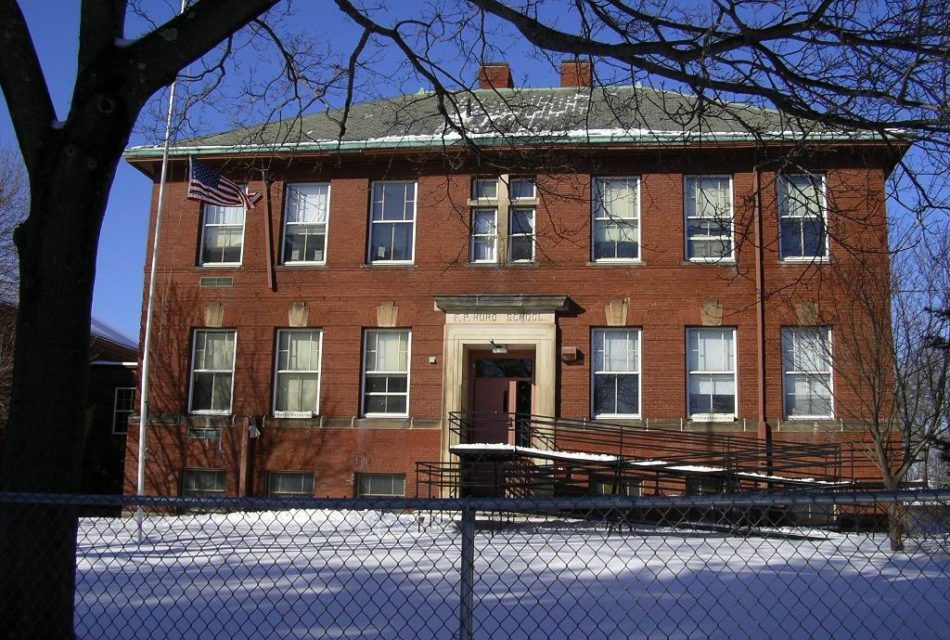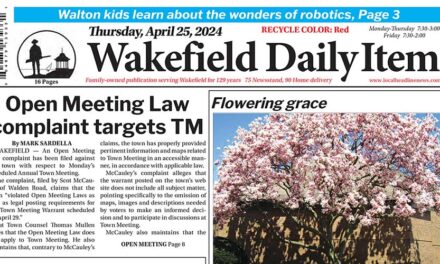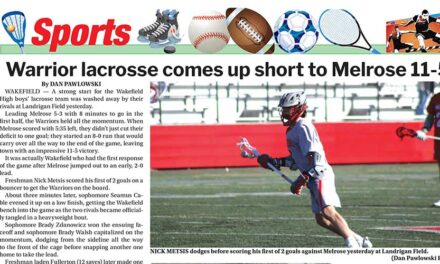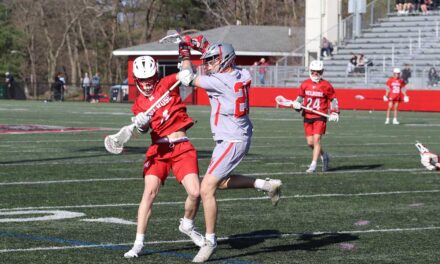THE HURD SCHOOL
By Neil Zolot
WAKEFIELD – Over forty people tuned into the fourth and final Master Plan video-conference public forum on Wednesday, Feb. 1, sponsored by the Planning Board and Office of Community and Economic Development.
The forums, dating back to April, were conducted by the Metropolitan Area Planning Council (MAPC) and designed to elicit public input in creation of a Master Plan to provide a roadmap of strategies and recommendations for the next ten years. The Vision 2030 framework, written in late 2021, serves as the foundation for the Master Plan process. “It was great to have such a robust discussion at last night’s workshop, as we had at the previous three workshops,” Town Councilor Jonathan Chines said. “It’s important to make sure that resident feedback is part of our new Master Plan.”
The Feb. 1 topics were Public Facilities, Town Services, and Infrastructure; and Economic Development, but occasionally they overlapped despite being dealt with in two presentations and two sets of breakout discussion rooms. One topic that came up more than once was the lack and need for shared office spaces. “We do not have a coffee shop where you can work comfortably,” Master Plan Advisory Group member Scott Staiti noted in an Economic Development breakout room. “I work from home and want to get out sometimes.”
In the earlier Public Facilities, Town Services, and Infrastructure discussion he pointed out, unlike some nearby towns, Wakefield does not have a YMCA, “a catchall that can serve different purposes,” as the topic of what would happen to the old Hurd School on Cordis Street, near Main and Lake Quannapowitt, came up.
“I like the idea of a Y,” Shane McCarthy added.
Chines wondered if the building or a new one on the site could be used as shared office space, among other things, given “the way people are working is changing.”
He also pointed out a dilemma of sorts in trying to attract a coffee shop chain that might have space and internet access to work. “That would be a risk for a mom and pop operation, but we don’t want downtown to look like MarketStreet in Lynnfield,” he said, but conceded an “anchor business” might bring in potential customers for other businesses.
Although the four forums dealt with different aspects of a Master Plan, including land use, zoning and transportation, all elements of the plan intersect. “One thing can’t work without the others,” Community and Economic Development Director Erin Kokinda said. “We can work with the business community to bring people in, which includes transportation and pedestrian access. It’s all tied together.”
Sections of Vision 2030 envision a Wakefield that would “improve its business districts with more services, leisure retail, job opportunities and pedestrian amenities” and “reduces car dependency by leveraging its commuter rail access and other creative transportation innovations to support shops and residents.”
Economic growth expands the tax base, important in a town in which 79.5% of the tax base is residential, 14% commercial and 2.5% industrial. 55% of used land is residential, 29% governmental, 11% commercial, 4% industrial and .5% mixed use.
MAPC Land Use Planner Courtney Lewis told people Wakefield has 115 miles of roads and 67 miles of sidewalks, most of which are the subject of capital improvement plans to repair roads and revitalize downtown, in part by improving pedestrian access and safety.
Advisory Group member Christopher Cheu suggested a shuttle to “people get around downtown. We want to bring people downtown and help people who might not have access to a vehicle.”
Advisory Group member Melissa Stopa added, “Our downtown is walkable from the commuter rail station (on North Ave.), but it’s not the most pleasant walk.”
Kokinda called the train station “a huge amenity.” McCarthy said the train station gives downtown Wakefield “huge potential.”
Staiti noted downtown “is walkable and ends at a beautiful lake,” which he feels is “a resource to attract people.”
“If we want to attract people to downtown from the lake, we need something in the middle,” Karen Sadler picked up, referring to a possible weekend farmers market on the Upper Common.
Staiti said he liked the walkability of Melrose’s downtown, while pointing out it is surrounded by residential areas more than Wakefield’s.
Citing MAPC’s Local Access Scores measuring the distance of amenities to residential districts, which gives Wakefield a 49 out of 100 walking score, Lewis feels “the town has room to grow in terms of making better connections and making sure an infrastructure for safe pedestrian travel is in place.”
The MAPC and various town entities will review comments and ideas from the forums to incorporate in a draft planned for the summer. “We’ve been seeking community input so we can help shape where Wakefield would like to go,” MAPC Principal Project Manager Carlos Montanez said.
“Through the use of breakout rooms, we were able to brainstorm unique ideas and gain valuable feedback on the two topics which will be incorporated into the final Master Plan document,” Kokinda added.
The public input process is not over. “Our last survey covering the night’s topics will open February 6 and close March 20,” Kokinda said. “We would appreciate all residents and businesses take this survey.”
“I hope everyone will take the public survey that will be available starting next week,” Chines said.





